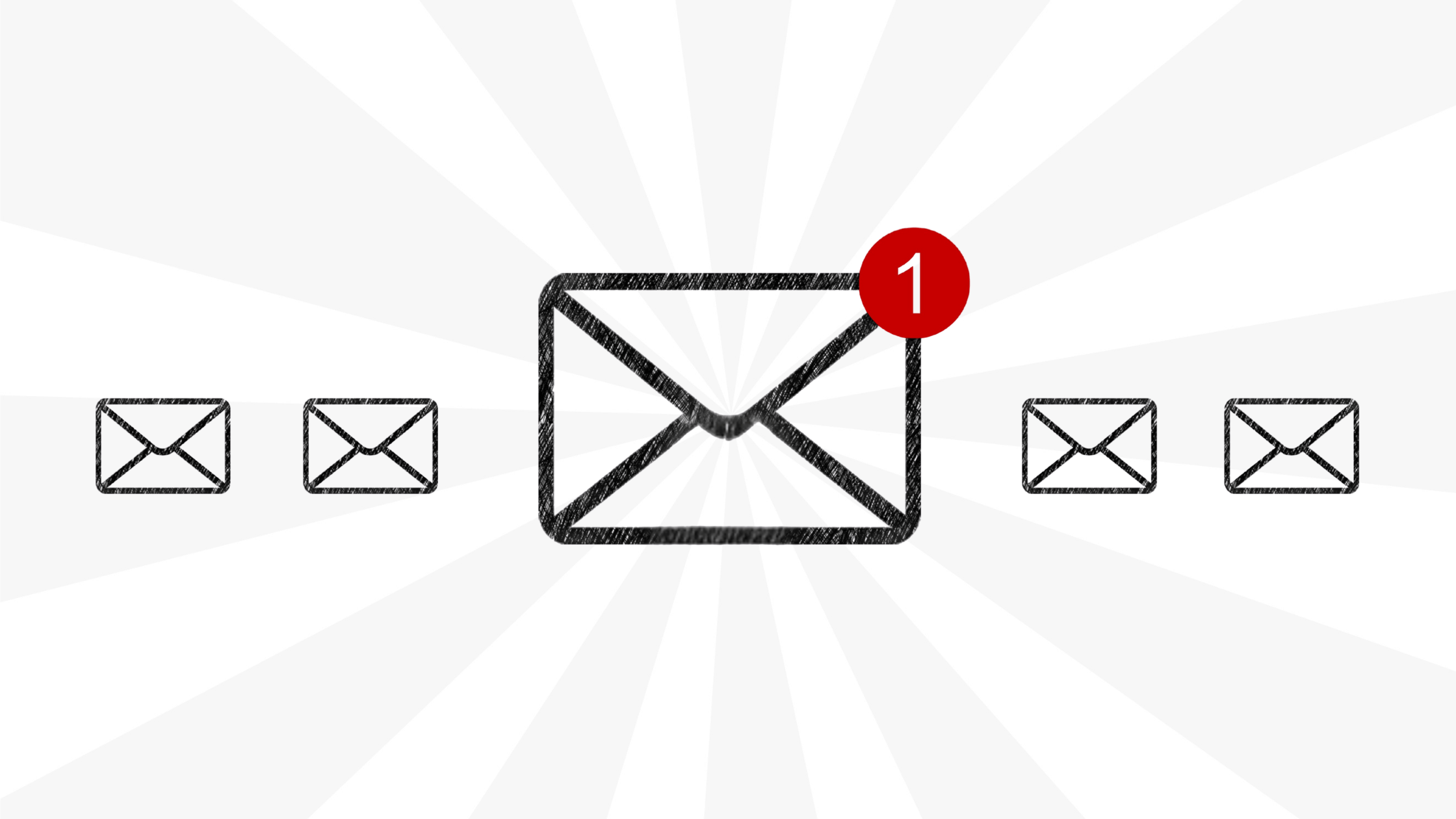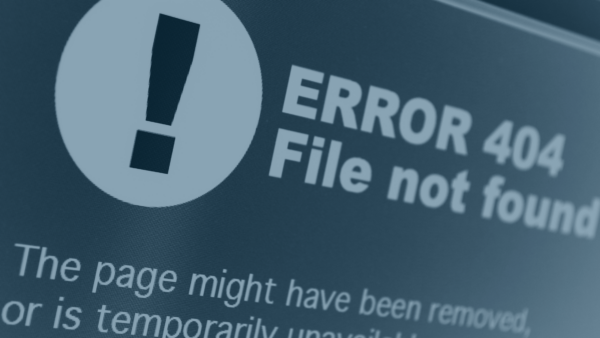
Save Time, Stay Personal: Four Email Workflows We Suggest
We at 9 Clouds have helped a variety of clients from different industries with their digital marketing, including automotive dealers, healthcare providers, livestock sellers, manufacturing companies, nonprofits, and more.
One thing is the same across industries: How can we save time?
Or, even further: How can we save time and stay personal to our customers?
Here’s your answer: Automated email messages, or email workflows.
Email still sees $36-$40 return for every $1 spent in 2025. It’s a direct, personal way to connect right to current leads and past customers. And that’s not even considering your time saving if you use automated email workflows to help connect to your contacts or clients.
This blog is here to tell you that you can use automation to save time while still staying personal to your leads and customers with email automation, and what email workflows we’ve set up for clients to do just that.
Just a note: Many of the types of workflows you can set up depend on the data you collect and keep in your CRM, so keep that in mind!
Workflow 1: Welcome Email
Who to send to: First-time purchasers, visitors, or new leads in your CRM
When to send it: The same day as sign up/purchase/visit
What’s needed: a nice greeting, the types of emails you’ll be sending, your brand colors
A welcome email is more than a polite hello — it’s your chance to introduce your brand voice, highlight what sets you apart, and explain the value people can expect from staying connected with you.
Whether you’re an auto dealer letting new contacts know about your latest offers, a healthcare provider outlining patient resources, or a nonprofit sharing your mission, a well-crafted welcome message helps build trust from day one.
Welcome emails also set expectations. A good welcome email tells people what kinds of communication they’ll receive from you — helpful tips, exclusive deals, event invitations, or updates about their purchase or service. This way, new subscribers know what’s coming and are more likely to engage with future emails instead of unsubscribing.
Workflow 2: Leave a Review Email
Who to send to: Recent purchasers/customers/patients
When to send it: The same week as purchase/appointment
What’s needed: a thank-you message, a link to your Google reviews
When someone searches for your business, one of the first things they’ll see is your star rating and customer feedback. Sending a follow-up email asking for a review makes it easy for happy customers to share their experience — and most people are willing to leave one if you simply ask.
A review request email should be short, warm, and convenient. Start with a quick thank-you for their recent visit or purchase, then provide a direct link to your Google reviews page. The fewer steps it takes for someone to leave a review, the more likely they are to follow through.
These reviews don’t just influence future buyers; they also help your local SEO, meaning more people can find your business online.
Beyond gathering positive reviews, this workflow can help you manage feedback in real time. By setting up an internal alert for negative reviews, your team can respond quickly and professionally. Addressing concerns shows current and future customers that you genuinely care about their experience.
Ultimately, review emails give your happiest customers the nudge they need to spread the word — while giving you the opportunity to learn from and engage with every customer who shares feedback.
Workflow 3: Lead Score Emails
Who to send to: Leads with a certain lead score (you decide the number)
When to send it: Once a lead hits a certain lead score number (and hasn’t made a purchase)
What’s needed: A lead scoring system in place already
Some leads are casually browsing, while others are just a click away from making a purchase. Lead scoring helps you tell the difference by assigning points to contacts based on their actions — things like opening emails, downloading resources, or visiting key pages on your website.
Once a lead reaches a certain score, it’s a clear signal they’re ready for more direct communication.
That’s where lead score emails come in. With this workflow, you can set up automated messages that send once someone hits a defined score in your CRM.
For example, a new lead who accumulates 20 points might receive a helpful, educational email that nurtures them toward the next step. On the other hand, a highly engaged lead with 100+ points could get a more direct message, such as a special offer or an invitation to schedule a consultation.
This workflow keeps your message timely and relevant. Instead of sending the same messages to everyone, you’re tailoring your communication to a person’s interest level.
Of course, this type of workflow only works if you have a lead scoring system in place. Tools like HubSpot or SharpSpring make this process simple by automatically tracking behavior and updating scores for you.
Workflow 4: Birthday/Anniversary Email
Who to send to: Any past customers/previous visitors, leads with known birthdays
When to send it: One year after purchase/visit/first appointment, on a customer’s birthday
What’s needed: Birthday or past purchase/appointment date information in CRM
Sending a birthday or anniversary email is a simple but powerful way to show customers you value them long after the initial purchase or visit. These messages feel personal — even though they’re automated — and they help keep your brand top of mind in a thoughtful, non-salesy way.
With the right data in your CRM (such as birthdates or purchase dates), you can have a workflow that sends celebratory messages at just the right time.
A birthday greeting or a “happy one-year anniversary” note doesn’t have to be long — even a short, cheerful message goes a long way toward building loyalty. When paired with a small incentive, like a discount code or special offer, these emails can also encourage repeat business.
The best part? Once you collect the right information in your forms, this workflow runs automatically each year. That means you can deliver timely, personalized messages for multiple years without adding more to your team’s plate.
Put Your Email Marketing To Work For You
These are just a few of the ways email automations can save your business outreach time while staying personal and connected to both leads and customers. You don’t have to sacrifice brand voice or personability by using automation, and you don’t need to waste time sending all emails manually.
Have questions about email workflows or using automation to save time? Reach out to us to chat. We’re happy to give ideas or make sure your current workflows are set up correctly.
I’m interested in more automation »





